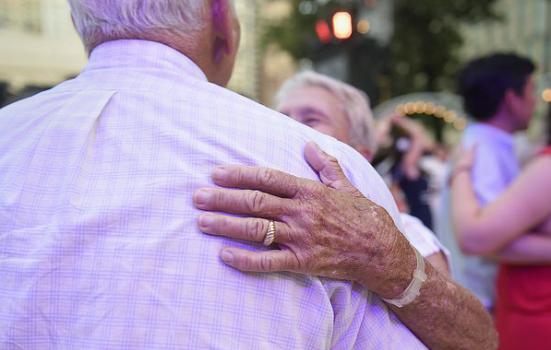Advice and resources to help arts and health professionals conduct more robust and credible evaluations of their work are being made more widely available through a new website.

Diana Robinson (CC BY-ND 2.0)
A free online resource is set to guide arts and health professionals through the “minefield” of arts and health evaluation, explaining how “economic, qualitative and arts-based approaches” can deliver robust measures of the value and impact of the arts on health and wellbeing.
The Creative and Credible website aims to help the arts and health sector develop skills and knowledge around evaluation. It answers questions such as: “What is evaluation?” and “How will evaluation benefit me?” and compiles resources, such as links and downloads, to create a one-stop-shop for materials related to arts and health evaluation.
The website was grant-funded by the Economic and Social Research Council (ESRC) and is part of the legacy from a knowledge exchange project, which began in September 2014 and aimed to: “bridge the gap between arts evaluation and health research, supporting practitioners and academics to better evaluate creative projects that are centred around health impacts.” The development of knowledge, capacity and resources relating to evaluation was found to be a critical to strengthening practice-led evaluation in the arts for health and wellbeing field.
Compiled by arts and health consultants Willis Newson, together with Professor Norma Daykin of the University of the West of England, the new website will support the dissemination and ongoing development of arts for health and wellbeing evaluation knowledge and resources. Jane Willis, Director of Willis Newson commented: “Evidence gleaned through robust evaluation can… help advocate for the work we do, ensuring that it is sustainably commissioned and funded into the future. However, evaluating in ways that are both robust and credible to the health sector, while also being creative and appropriate the arts projects being evaluated, is a big challenge.”




